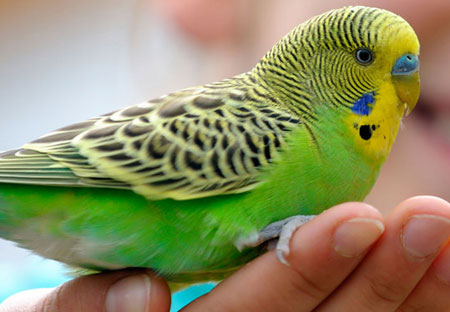Pet bird species have become increasingly popular among animal lovers, offering companionship, beauty, and joy in our homes. With a wide variety of birds to choose from, each species comes with its own unique characteristics, care needs, and social behaviors. Whether you’re a first-time bird owner or a seasoned enthusiast, understanding the differences between these species is essential for making an informed choice. In this blog post, we will explore key factors to consider when selecting the perfect pet bird, helping you find a feathered friend that fits your lifestyle and needs.
Physical Characteristics
When considering different pet bird species, understanding their physical characteristics is essential. Pet birds vary greatly in size, color, and unique features, making each species distinct and appealing to different owners.
Size is one of the most noticeable differences among pet bird species. Small birds like Budgerigars (budgies) and Lovebirds typically measure around 6 to 8 inches, while larger species like Cockatoos and Macaws can reach sizes of 18 inches or more. This size difference influences not only the space needed in your home but also the type of care required.
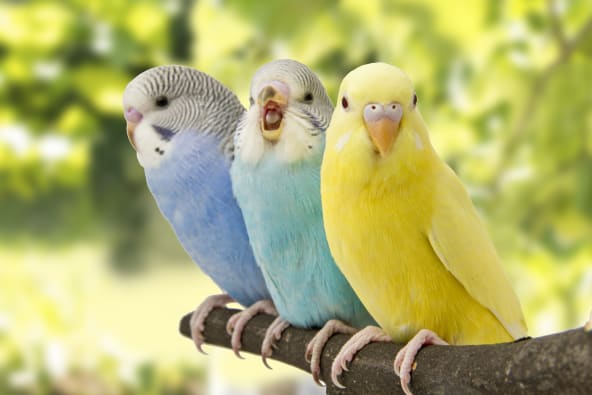
Coloration also plays a significant role. Many pet birds showcase vibrant plumage, ranging from the bright greens and yellows of Parakeets to the stunning blues and reds of Macaws. This visual diversity can enhance the beauty of any living space.
Additionally, unique features such as crest size in Cockatoos or the long tails of some Parakeets add to their charm. These physical characteristics not only make each species visually interesting but also can affect their behavior and care needs.
In summary, when exploring pet bird species, take the time to consider their physical traits, as these factors can significantly influence your experience as a bird owner.
Lifespan
Understanding the lifespan of various pet bird species is crucial for prospective bird owners. The longevity of a pet bird can greatly influence your commitment and care requirements. Different species exhibit varying lifespans, ranging from a few years to several decades.
For example, small birds like Budgerigars and Canaries typically live between 5 to 15 years, making them suitable for those seeking a shorter-term commitment. In contrast, larger species such as African Grey Parrots and Amazon Parrots can live 30 to 50 years or more, necessitating a long-term dedication from their owners.
Additionally, some species, like Macaws, can live up to 75 years in captivity, which means potential owners should be prepared for a lifelong relationship. This extended lifespan not only requires a stable living environment but also ongoing financial and emotional support.
When choosing among different pet bird species, consider how their lifespan aligns with your lifestyle and future plans. Understanding these longevity differences can help you make a well-informed decision, ensuring that you select a pet bird that fits your life for years to come.
Temperament
The temperament of various pet bird species is a vital factor to consider when selecting the right companion for your home. Each species exhibits unique behavior and personality traits, influencing how they interact with their owners and environment.
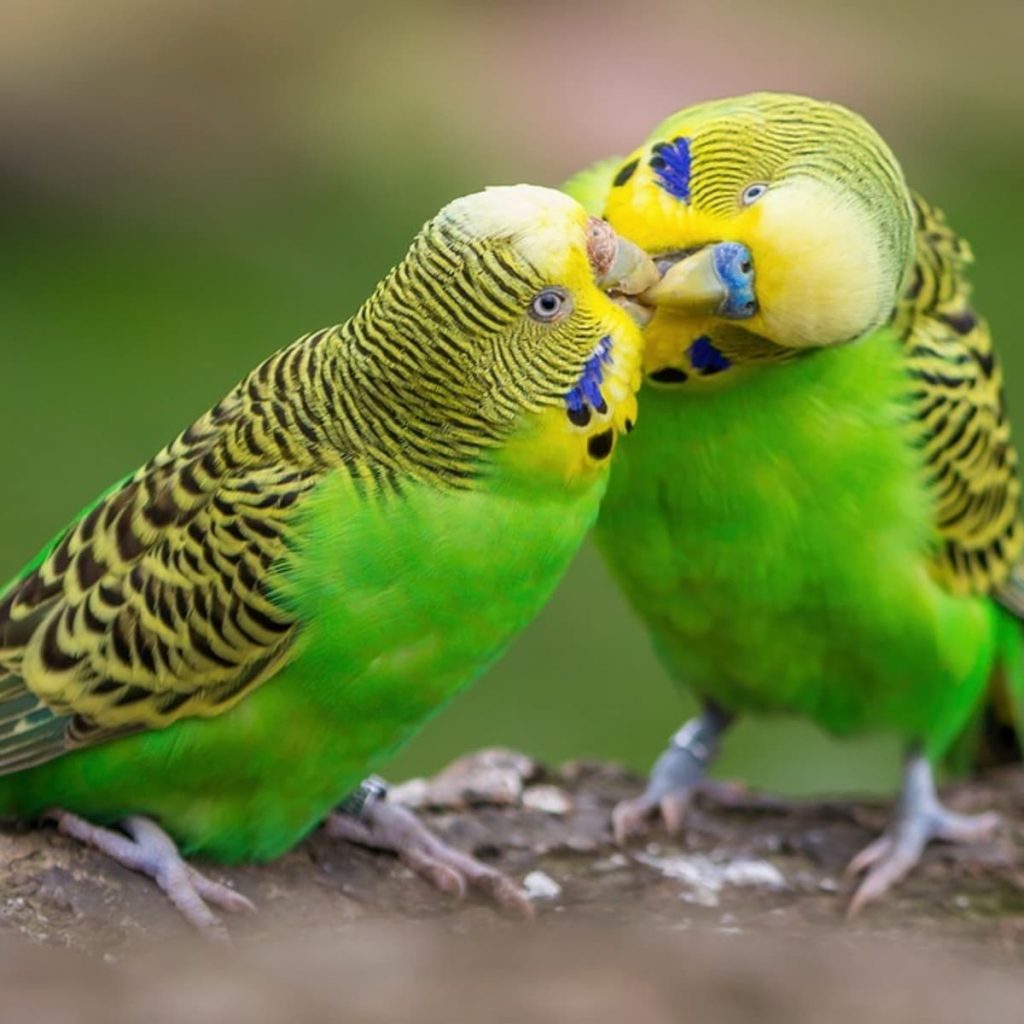
Small birds like Budgerigars and Finches are generally social and friendly, often thriving in pairs or small flocks. They are playful and curious, making them excellent choices for first-time bird owners. On the other hand, some larger species, such as Cockatoos, can be more demanding. They often require extensive social interaction and mental stimulation, which makes them best suited for experienced owners who can dedicate ample time to their care.
African Grey Parrots are known for their intelligence and can develop strong bonds with their owners. However, they may also exhibit more complex behaviors that require patient training and understanding. Conversely, species like Lovebirds are affectionate and enjoy interacting with their humans, but they can be territorial, especially when housed with other birds.
By understanding the temperament of different pet bird species, you can select a bird that matches your lifestyle and personality, ensuring a harmonious and fulfilling relationship.
Care Requirements
When considering different pet bird species, it’s essential to understand their specific care requirements. Proper care ensures the health and happiness of your feathered friend, and it varies significantly among species.
Diet is a crucial aspect of care. Most pet birds thrive on a balanced diet that includes seeds, pellets, fresh fruits, and vegetables. For instance, larger species like Macaws require a diet rich in nuts and fruits, while smaller birds, such as Budgerigars, benefit from a mix of seeds and pellets.
Habitat is another vital consideration. Birds need a spacious, safe cage with appropriate perches, toys, and enrichment to keep them mentally stimulated. Larger birds need more space to move around, while smaller species can thrive in a compact environment.
Socialization is equally important. Many pet bird species are social creatures that require daily interaction, whether with their human companions or other birds. For example, Cockatoos and African Grey Parrots are known for their need for companionship and can become lonely if neglected.
By understanding the care requirements of various pet bird species, you can ensure a fulfilling and healthy environment for your new companion, leading to a happier life for both you and your bird.
Social Needs
Understanding the social needs of different pet bird species is crucial for their well-being and happiness. Birds are inherently social animals, and their interaction with humans and other birds can significantly impact their behavior and mental health.
For smaller species like Budgerigars and Canaries, socialization is essential. These birds thrive in pairs or small flocks, as they enjoy the company of their own kind. If kept alone, they may become lonely or depressed, so consider adopting more than one if space allows.
In contrast, larger species such as Cockatoos and African Grey Parrots often form strong bonds with their human caregivers. These birds require regular interaction and mental stimulation to prevent boredom and behavioral issues. If not given enough attention, they can develop anxiety or destructive habits.
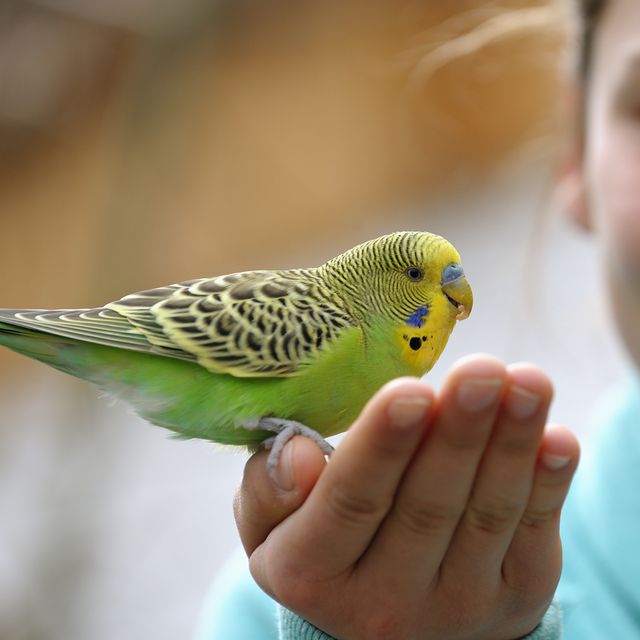
Additionally, social needs can vary greatly among species. While some birds enjoy being handled and playing with their owners, others may prefer a more independent lifestyle. It’s vital to understand the specific social dynamics of the pet bird species you choose, ensuring you can provide the interaction and companionship they need to thrive.
By meeting the social needs of your pet bird, you create a nurturing environment that fosters happiness and a strong bond between you and your feathered friend.
Noise Level
When selecting from various pet bird species, understanding their noise levels is essential, especially for those living in apartments or close quarters. Different species produce varying sounds, and some can be quite vocal.
Smaller birds like Budgerigars and Canaries tend to have softer, chirpy sounds that can be pleasant and soothing. However, they can still create noise, particularly during mating seasons or when they feel excited. These species are generally suitable for those who prefer a quieter pet.
In contrast, larger birds, such as Cockatoos and Macaws, are known for their loud calls and can be quite boisterous. These birds often vocalize to express themselves, and their calls can be heard from considerable distances. If you live in an environment where noise is a concern, you may want to reconsider adopting a species known for its vocalizations.
African Grey Parrots, while not as loud as Macaws, are also known for their ability to mimic sounds and speech, which can be entertaining but may lead to frequent vocalizations.
By understanding the noise levels associated with different pet bird species, you can make an informed choice that aligns with your living situation and lifestyle, ensuring a harmonious home for both you and your feathered companion.
Cost of Ownership
When considering various pet bird species, understanding the cost of ownership is crucial for prospective owners. The financial commitment involves both initial and ongoing expenses that can vary significantly by species.
Initial costs include the price of the bird itself, which can range from $20 for small birds like Canaries to several thousand dollars for exotic species like Macaws. Additionally, you’ll need to invest in a suitable cage, toys, and basic supplies, which can collectively add up to several hundred dollars.
Ongoing expenses primarily cover food, veterinary care, and supplies. Most pet birds require a balanced diet consisting of seeds, pellets, and fresh fruits and vegetables, which can cost $20 to $50 monthly. Regular veterinary check-ups are also essential, with costs ranging from $50 to $200 per visit, depending on the bird’s size and health needs.
Lastly, consider the long-term financial implications. Larger birds often have longer lifespans and may require more specialized care, leading to higher costs over time.
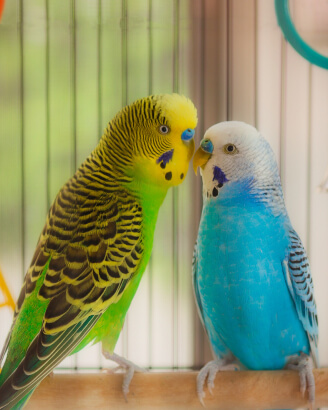
By understanding the cost of ownership associated with different pet bird species, you can better prepare for the financial responsibilities that come with caring for a feathered companion, ensuring a happy and healthy life for both you and your bird.
Conclusion
Choosing the right pet bird species is a rewarding decision that requires careful consideration of various factors. From physical characteristics and lifespan to temperament, care requirements, social needs, noise levels, and overall cost of ownership, each aspect plays a crucial role in ensuring a harmonious relationship with your feathered companion.
By understanding these elements, you can select a bird that fits your lifestyle and preferences. Whether you’re drawn to the vibrant colors of a Macaw or the cheerful chirps of a Budgerigar, it’s essential to match the bird’s needs with your living situation and commitment level.
Ultimately, a well-informed choice not only enhances your enjoyment as a bird owner but also contributes to the well-being and happiness of your pet. As you embark on this journey, take the time to research and reflect on the best fit for your home. With the right approach, you can create a fulfilling and enriching environment for both you and your new avian friend. Happy bird-keeping!

